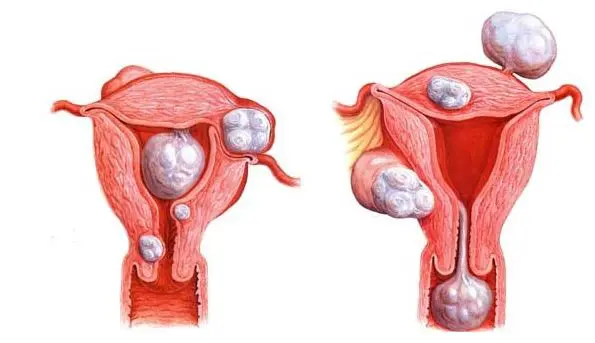This technique of Myomectomy in Tunisia is an operation performed by introducing an operating hysteroscope into the uterine cavity through the vagina.- a camera with a loop, with which the node of the myoma is excised. As a rule, this technique is possible if the tumor is located in the submucosal layer (node growth in the uterine cavity). Rehabilitation will take place in a short time, after 3 months you can try to conceive, the cost of the operation is most affordable.
Despite some differences, myomectomy operations in Tunisia are technically very similar. Before the start of the myomectomy in Tunisia, the patient receives an anesthetic (myomectomy in Tunisia is performed under general anesthesia). The duration of the procedure depends on the number and size of the myomatous nodes.
With the techniques used, the absence of bleeding, in turn, allows you to isolate the node without trauma to the surrounding tissues and to reliably suture the wound on the uterus in conditions of good visualization.
After the operation, the patient will have to spend some time in the hospital. And after the hysteroscopic procedure, it will be possible to go home in 1-2 days.
The doctor prescribes painkillers, antibiotics and, in some cases, hemostats (drugs that increase blood clotting). An ultrasound is performed before discharge.
The removal of benign tumors is one of the most common surgical tasks in the field of gynecology. Myomectomy in Tunisia is a safe operation when performed by an experienced surgeon using modern equipment. Med Assistance Tunisia employs the best specialists with extensive experience in various gynecological operations. You can make an appointment with the clinic’s doctor by phone or via a special form on our website.


